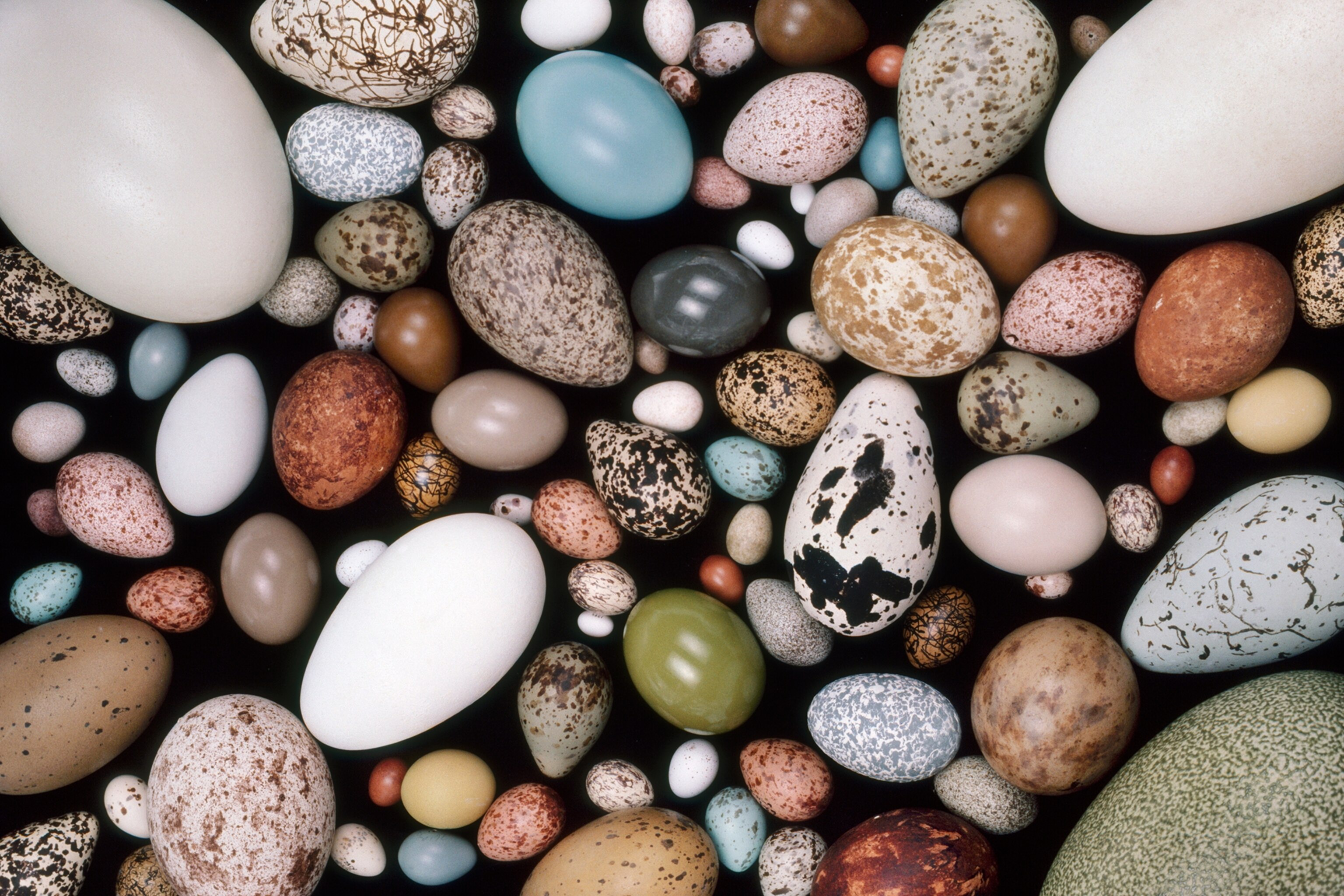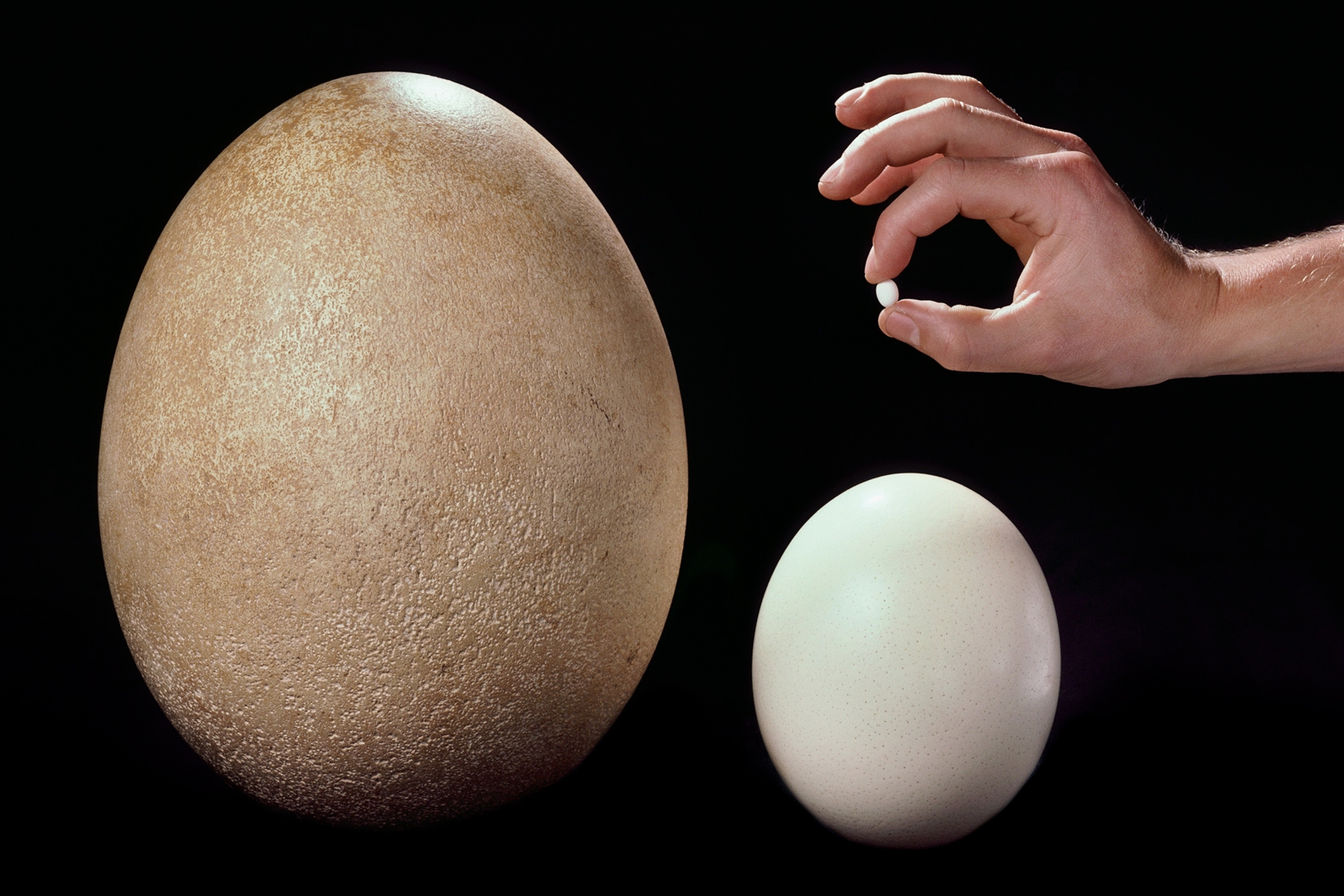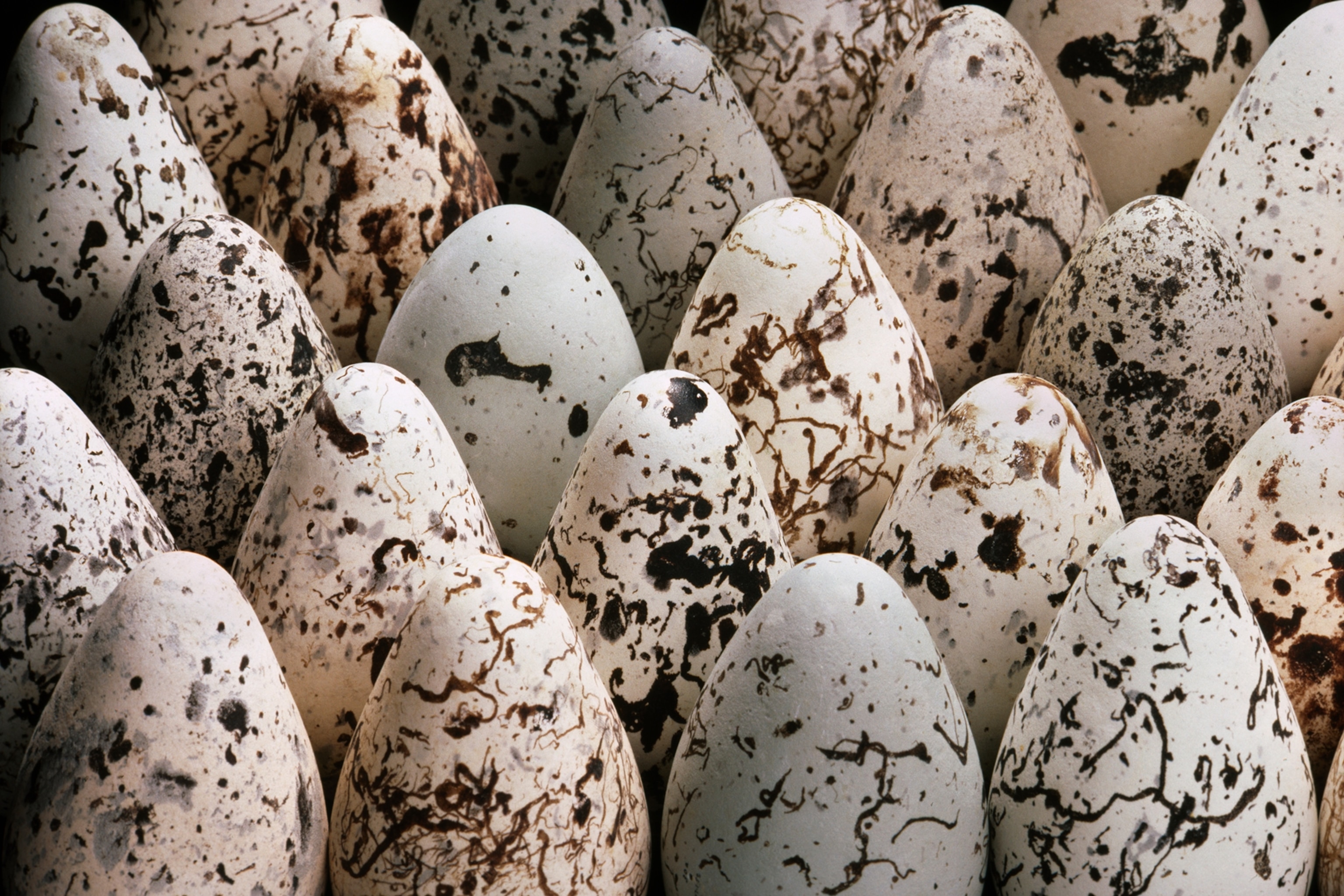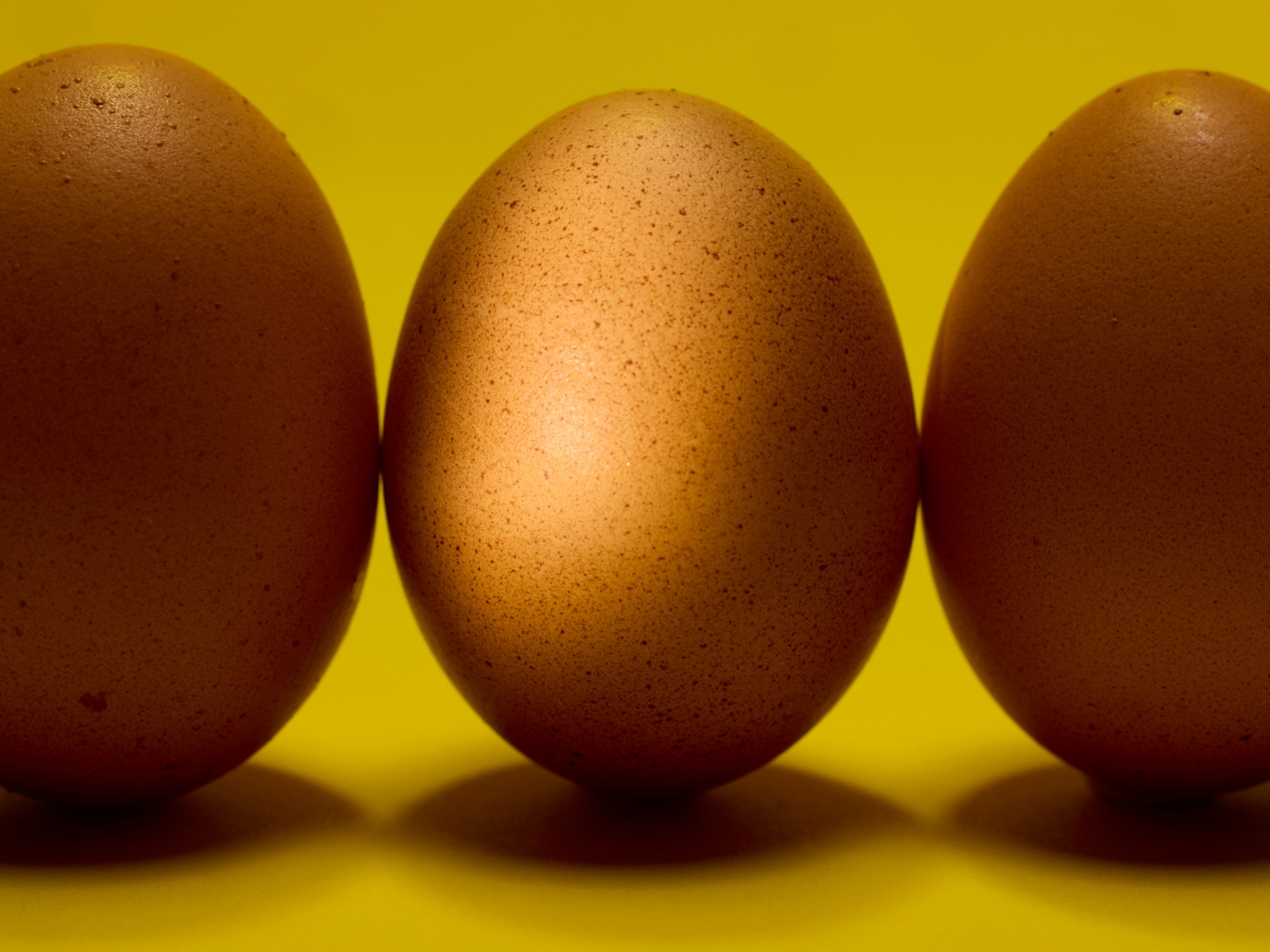
The Surprising Link Between Egg Shape and Bird Flight
For the first time, scientists have taken a closer look at how bird eggs are shaped—and made some unexpected discoveries.
The unusually long, oval egg of the Indonesian maleo may look a lot like a potato, but this bird is no slouch.
When the chicks of these anvil-headed animals hatch, they're almost immediately able to fly.
For years, scientists have wondered why bird species have different egg shapes. Some theorized shapes may protect eggs from shattering or allow them to fit snugly in the nest. Aristotle had even (wrongly) asserted that long, pointy eggs were female while rounder eggs were male.
But no comprehensive studies had ever been conducted to test these ideas, which left Mary Stoddard and colleagues skeptical.
(The Bird That Paints Its Eggs With Bacteria)
“It has not gone unnoticed that birds have evolved to shapes that are quite diverse in form—everything from a spherical owl egg to a pointy sandpiper egg,” said Stoddard, an ecologist at Princeton University. (Read more about the secrets of evolution in National Geographic magazine.)
In a new study, the team revealed a surprise: Egg shapes evolved as birds themselves evolved for better flight.

Taking Flight
First, the scientists had to discover a way to classify eggs in terms of their shape. They focused on two factors: the asymmetry and ellipticity—or ovalness—of an egg.
The team came up with mathematical formulas to describe almost 50,000 eggs from 1,400 species, plotting their shapes on a graph. (Take National Geographic's backyard bird quiz.)
The most oval egg? The maleo. The least sandpiper claimed the title of the most asymmetric egg, thanks to its characteristic pointy tip, according to the study, published this week in the journal Science.

The researchers then examined whether birds that lay eggs of a certain shape have common diets, nests, and anatomy.
For instance, they analyzed the birds' hand-wing index, a formula that describes a bird’s flight style and efficiency, as well as its ability to migrate from its birth site.
The results showed that birds with the higher hand-wing index—the most efficient and thus best fliers—were the ones with the most asymmetric or elliptical eggs. (Read about the big bang in bird evolution.)
“We were shocked to see that one of the best explanations for egg shape variation was flight ability,” says Stoddard.
“This is something that has not gotten a lot of airtime in the hypotheses that are out there for egg shape variation.”
(How Did a Quail Chick Hatch From a Supermarket Egg?)

Dinosaur Clues
This could mean that as a bird's body evolved for better flight, the shape of its egg might have adapted with it.
Stoddard doesn't know why certain shapes correlate to better flying, but she suspects it has to do with properties of the egg membrane, which are more responsible for an egg’s shape than the shell.
The maleo, for example, may have evolved to become a skillful flier, and its egg might have evolved its long, oval shape to accommodate a streamlined body built for instantaneous flight.
Researchers have found that even two-legged predatory dinosaurs called theropods—from which birds evolved—had pointy eggs. (See "Birds Evolved From Dinosaurs Slowly—Then Took Off.")
“It’s really useful information about nature that up until now has been patchy,” said Claire Spottiswoode, an evolutionary biologist at the University of Cambridge, who wrote a summary of the study.
“It’s also exciting because it inspires a lot of new questions too.”

The Penguin Exception
Based on the team’s theory, one might assume that all flightless birds would have perfectly round and symmetrical eggs. Ostriches have round eggs, for instance.
However, penguins have pointy eggs associated with well-flying birds. Their working hypothesis is that penguins might have adapted for powerful underwater flight, Stoddard says. (Read why penguins may have stopped flying.)
“Because they’re expert swimmers, the same processes that may influence egg shape in good fliers may also be at work in good swimmers, like penguins."





